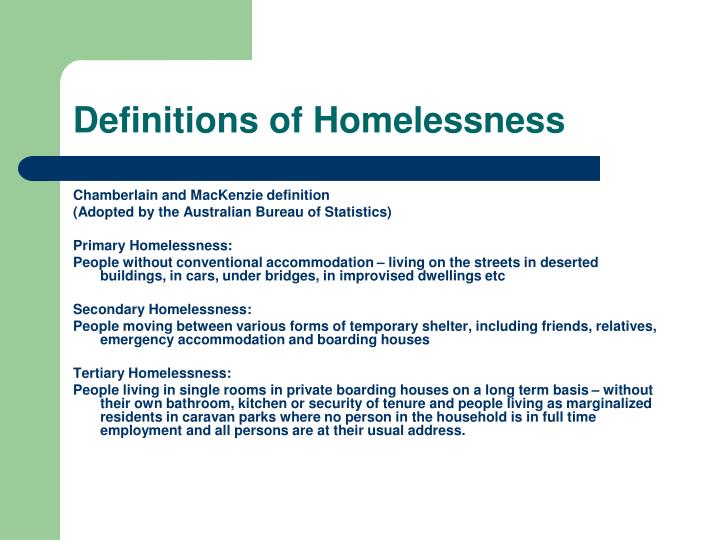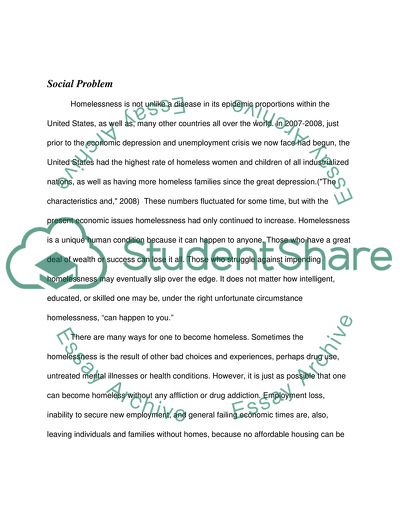
Identify the problem/issue and what area(s) you think might be the greatest challenge to you based on the social issue/problem selected. In your analysis, please work on the problem/issue you began addressing in Week 1. Because of this, it is important to integrate the feedback you are receiving from your professor into this assignment.įor your Signature Assignment, analyze the impact of a current problem on individuals, families, and communities. Youths who are homeless have also been found to exhibit high rates of substance-use disorders, including alcohol abuse or dependence, and drug abuse or dependence (Rotheram-Borus, 1993).This final assignment will be one that culminates the learning of this course and will be built on the previous assignments. Weighted estimates were 28 percent for current alcohol disorder and 10 percent for current drug use disorder.įarrell and colleagues (1998) reported that substance-related disorders were some of the most common mental disorders among populations experiencing homelessness, with 5 percent of the household sample (out of 100,000 households), 7 percent of the institutional sample (out of 755 people), and over 21 percent of the sample of those without homes recorded as alcohol dependent. Lehman and Cordray’s (1993) meta-analysis of 16 epidemiological studies of populations of people experiencing homelessness in the United States was performed to provide more precise estimates for the prevalence of alcohol, drug and mental health disorders. People with pervasive mental illness are less able to obtain lucrative or steady employment and, in the absence of supportive housing, are more likely to be without homes (Caton et. Against a backdrop of increasing costs and limited assets, poor people compete for affordable housing (Rafferty & Shinn, 1991). Inadequate education and high dropout rates quash opportunities to earn incomes sufficient to meet rising costs of food, transportation and child care. This disparity between demand and supply –linked to the failure of multiple factors-disproportionately burdens poor people (Aratani, 2009 Lehmann et. The most obvious structural deficiency is the well-documented imbalance between the demand for low-income, affordable housing and its limited availability (Bassuk et al., 1997). Conference of Mayors, 2008).Īccording to recent estimates, African-Americans constitute 42 percent of the population of people living without homes, Caucasians 39 percent, Latinos 13 percent, Native Americans 4 percent, and Asians 2 percent (U.S. Until 2008, when widespread economic instability resulted in a significant increase in the loss of housing among blue-collar workers and the middle class (Aratani, 2009), the great majority of people who experienced homelessness were extremely poor (Burt et al., 1999).Īmong people seeking emergency shelter for the first time, most fell well below nationally established indicators of poverty (U.S. Anderson & Rayens, 2004 Buckner, 2008 Webb, Culhane, Metraux, Robbins, & Culhane, 2003 Wilson, 2005). Structural and psychosocial factors combine to heighten the risk of homelessness (D. Diversity also exists in the behavioral characteristics of people living without homes. In the United States, the overall population of people living without homes can be divided into several subgroups including individual adults, families with children and unaccompanied youth. The APA Presidential Task Force on Psychology’s Contribution to End Homelessness, commissioned by James Bray, PhD during his tenure as APA's president, developed a mission to identify and address the psychosocial factors and conditions associated with homelessness and define the role of psychologists in ending homelessness. Psychologists as clinicians, researchers, educators and advocates must expand and redouble their efforts to end homelessness.


The psychological and physical impact of homelessness is a matter of public health concern (Schnazer, Dominguez, Shrout, & Caton, 2007). IntroductionĮach year between 2–3 million people in the United States experience an episode of homelessness (Caton et al., 2005). People living doubled up or in overcrowded living situations or motels because of inadequate economic resources are included in this definition, as are those living in tents or other temporary enclosures.

Sheltered and unsheltered people are homeless. Homelessness exists when people lack safe, stable and appropriate places to live.


 0 kommentar(er)
0 kommentar(er)
